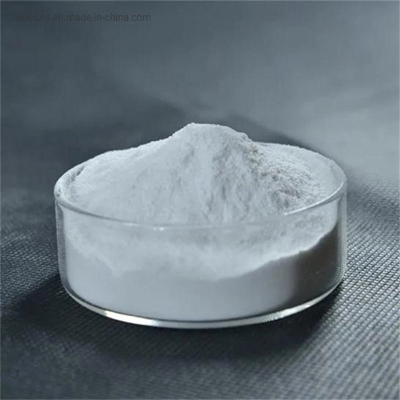Pharmacokinetic study of chlorogenic acid
-
Last Update: 2020-04-03
-
Source: Internet
-
Author: User
Search more information of high quality chemicals, good prices and reliable suppliers, visit
www.echemi.com
2013-01-28 classification: efficacy, action, 0 person review absorption: human body research shows that oral absorption of CGA is poor, only a small part of CGA is absorbed in the prototype in the small intestine, and most of CGA is absorbed after entering the colon and being metabolized into benzoic acid, phenylpropionic acid, cinnamic acid and other substances by microorganisms Therefore, after oral administration of CGA, it mainly exists in the form of metabolites in plasma Antibiotics can affect the normal flora of colon, and then affect the concentration of CGA and its intestinal metabolites in plasma Protein binding: CGA can bind to human serum albumin (has) in vitro, but the binding mode is different in different concentrations: at low concentration, there is only one binding site, one molecule has binds to one molecule CGA; at high concentration, there are multiple binding sites The main binding site is IIA area of has The plasma protein binding rate of CGA in vivo is still unclear Metabolism: the metabolism of CGA in vivo has not been fully elucidated Olthof et al Found that CGA can be metabolized into 3,42-dihydroxycinnamic acid, 3,42-dihydroxybenzoic acid, 32-methoxy242-hydroxybenzoic acid and other substances after absorption The metabolites in the colon can be further converted into hippuric acid after entering the plasma P450 enzymes may be involved in this process Excretion: CGA and its metabolites in plasma are excreted mainly through kidney Oral administration is mainly in the form of metabolites excreted with urine, of which hippuric acid accounts for the highest proportion, accounting for about half of CGA and its metabolites After intravenous administration, CGA was distributed as a two compartment model in rats The biological half-life T1 / 2 was about 0.20 H.
This article is an English version of an article which is originally in the Chinese language on echemi.com and is provided for information purposes only.
This website makes no representation or warranty of any kind, either expressed or implied, as to the accuracy, completeness ownership or reliability of
the article or any translations thereof. If you have any concerns or complaints relating to the article, please send an email, providing a detailed
description of the concern or complaint, to
service@echemi.com. A staff member will contact you within 5 working days. Once verified, infringing content
will be removed immediately.







